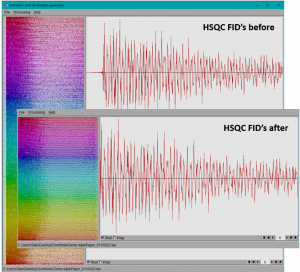Since the advent of digital receivers in mid 1990’s, the NMR data from some hardware vendors are burdened by a time-domain artefact known as group delay (GD) which is due basically to the signal propagation through a chain of digital filters implemented in the vendor’s firmware). The GD found in most Bruker HR-NMR spectra is about 70 data points (an enormity) and, from a physicist’s point-of view, it completely invalidates the starting sections of the FIDs – one does not even know where the “true” FID really starts (a serious problem in relaxometry studies).
The GD may change with some acquisition settings, and it may differ among vendors (for example, it tends to be about 20 on JEOL instruments) or even between different instrument families (some Bruker Minispec data converted to TopSpin format have GD of “just” 17 points). It is interesting that the ex Varian and ex Agilent-Varian instruments were completely free of the problem, thanks to avery different design of their digital receivers.
The GD distortion extends beyond the group delay duration and continues well into the filtered signal (for about as long as the group delay itself). Consequently, simple “cures”, like cutting off the leading part of the time domain artefact, help a bit but not completely; the resulting FID is still corrupt. Another approach to living with the distortion is to preliminary apply to the FID a first order phase correction of the order of 180 * GD degrees, but that only helps to phase the spectra, not to correct other distortions.
The effect of the GD on the spectra is trifold:
- At the extremes of the spectra there appear anomalous, roughly symmetric, and roughly exponential, baseline increments (smileys) or decrements (frownies).
- The rest of the spectrum baseline is slightly shifted.
- Peaks with different offsets (anywhere in the spectrum) may have slightly altered integrals.
For more information, please, have a look to Why aren’t Bruker FIDs time corrected? and Are Bruker and Jeol NMR data wrong?
DontSmile is a little utility that expertly removes GD and thus cures the smileys (and frowneys) from Bruker raw data, be they 1D or 2D. DontSmile changes just two files in the specified Bruker data folder, while keeping also copies of the original files, with an added “backup” extension. Just run the
Bruker data through DontSmile and then load the cured data into TopSpin or any other NMR software. The smileys will be no longer present.
DontSmile is completely free, although after 30 days from the first access the user will be asked to register to receive a permanent license key.




